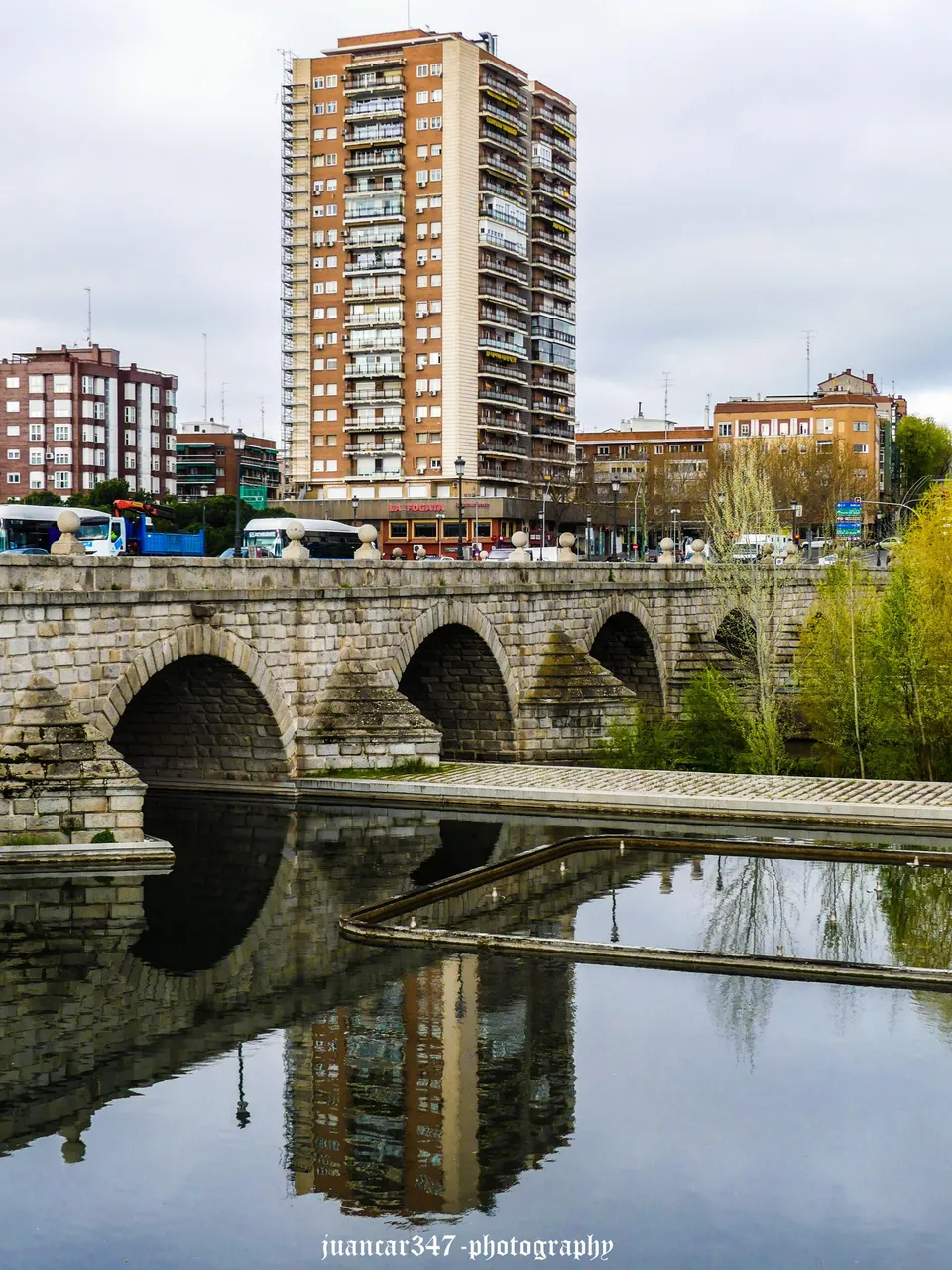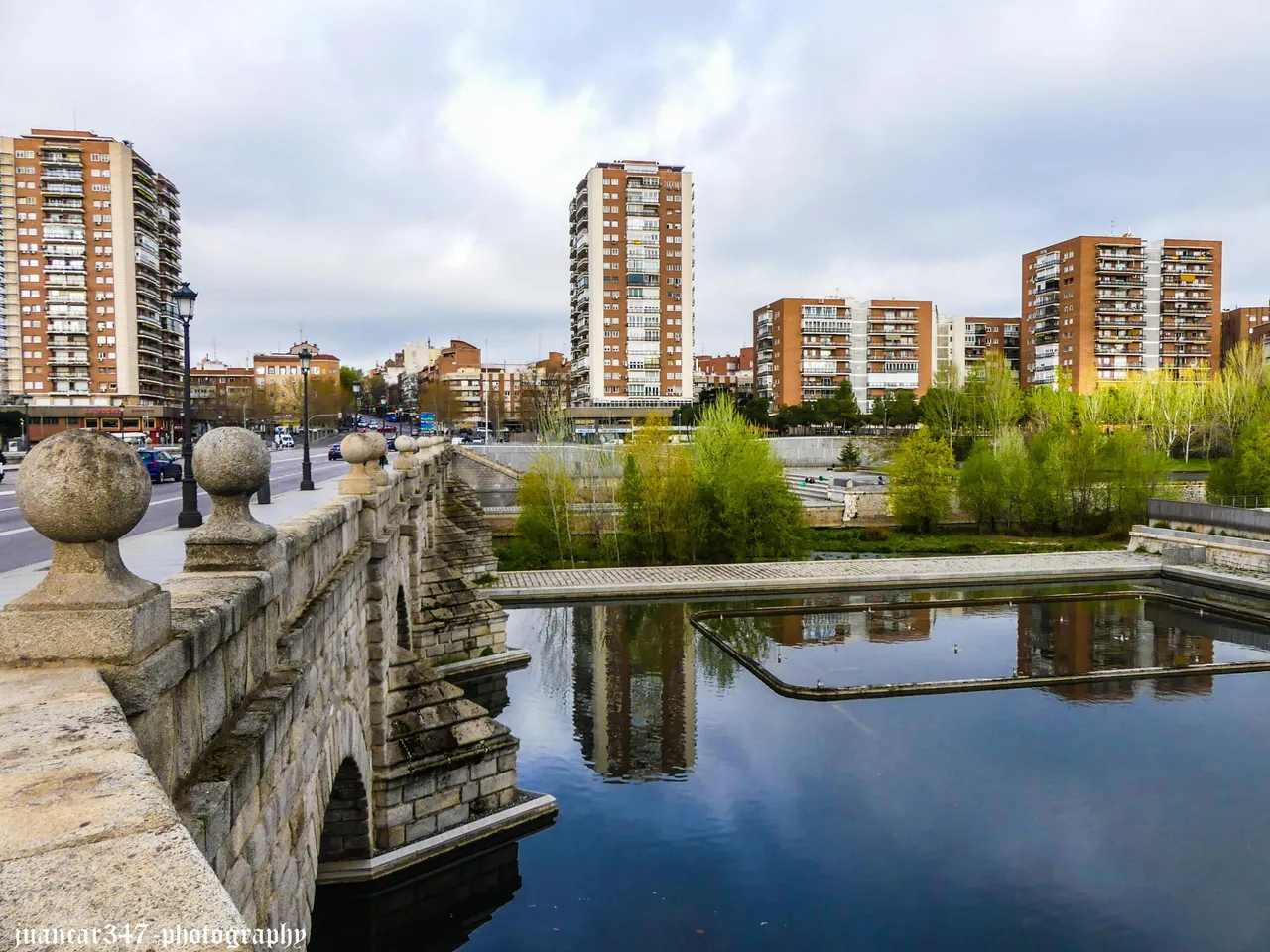
Although its first references date back to the 14th century, it was not until nearly two hundred years later when King Philip II ordered its construction to a master architect, who, coming from that peculiar Cantabrian region known as Trasmiera, was cradle of notable medieval masons, whose mastery was the construction of the main sacred buildings in much of a Spain convulsed by the vicissitudes of the Reconquista. His architect, on the other hand, could not be other than that enterprising character who undertook, at least, two masterpieces of the Spanish Renaissance, such as the monastery of San Lorenzo de El Escorial and the Palace of Aranjuez: Juan de Herrera.
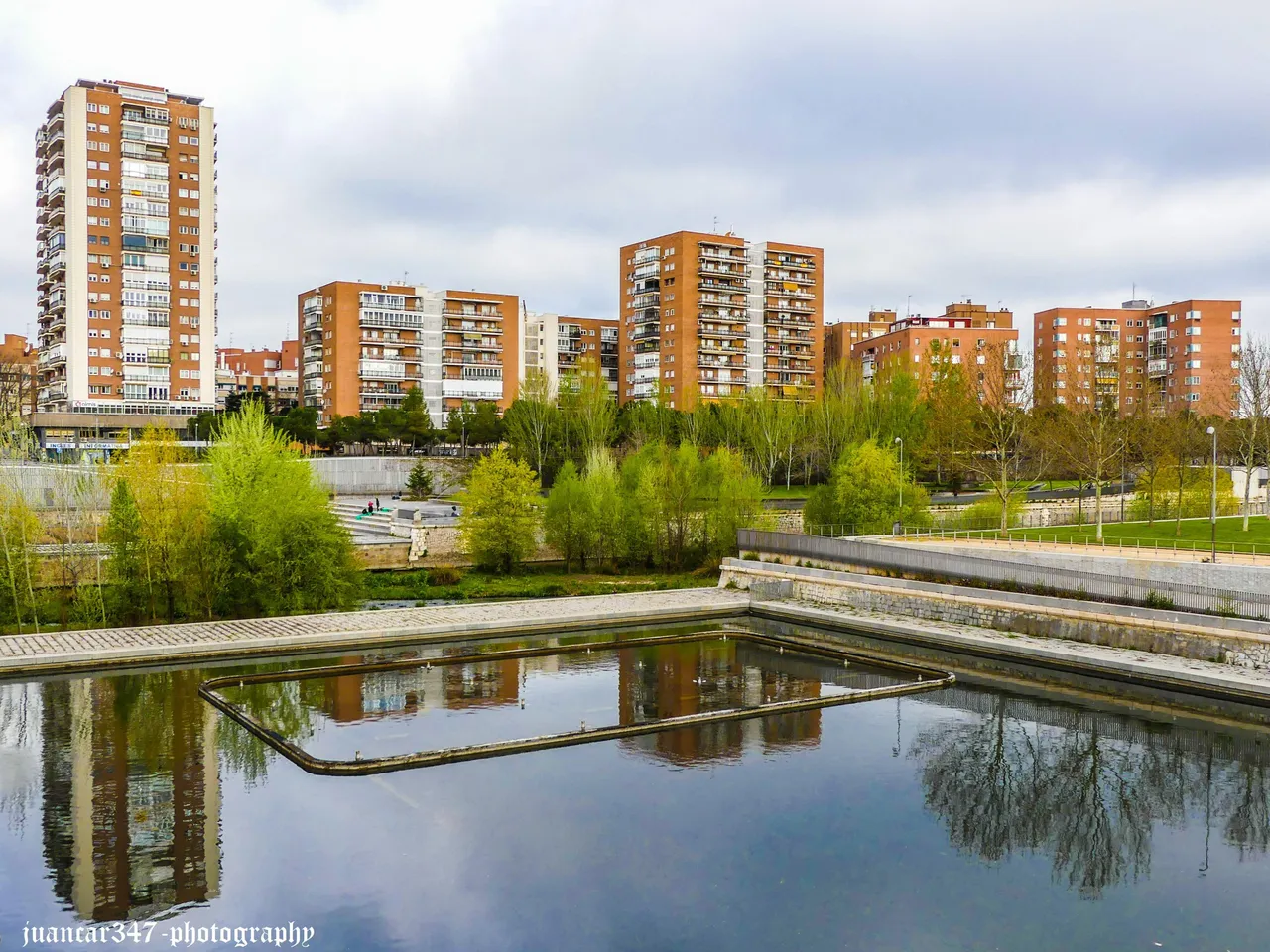
Herrera, whose mortal remains are preserved in the crypt of an old church in Madrid near Bailen Street, the Almudena Cathedral and the Royal Palace, was, in a way, the Spanish Sabatini, whose work also enhanced civil architecture. of a capital and courtly Madrid. Elevated at the confluence of Segovia Street and the gaunt and nostalgic passage of the Manzanares River, it continues to be, more than five hundred years later, a crucial element in the communication arteries of a city that continues to grow and expand, as well as a point of reference, which, even having lost the numerous orchards of yesteryear, has nevertheless recovered a spectacular walk, designed for the enjoyment of the people of Madrid and all the travelers who constantly come to our city.
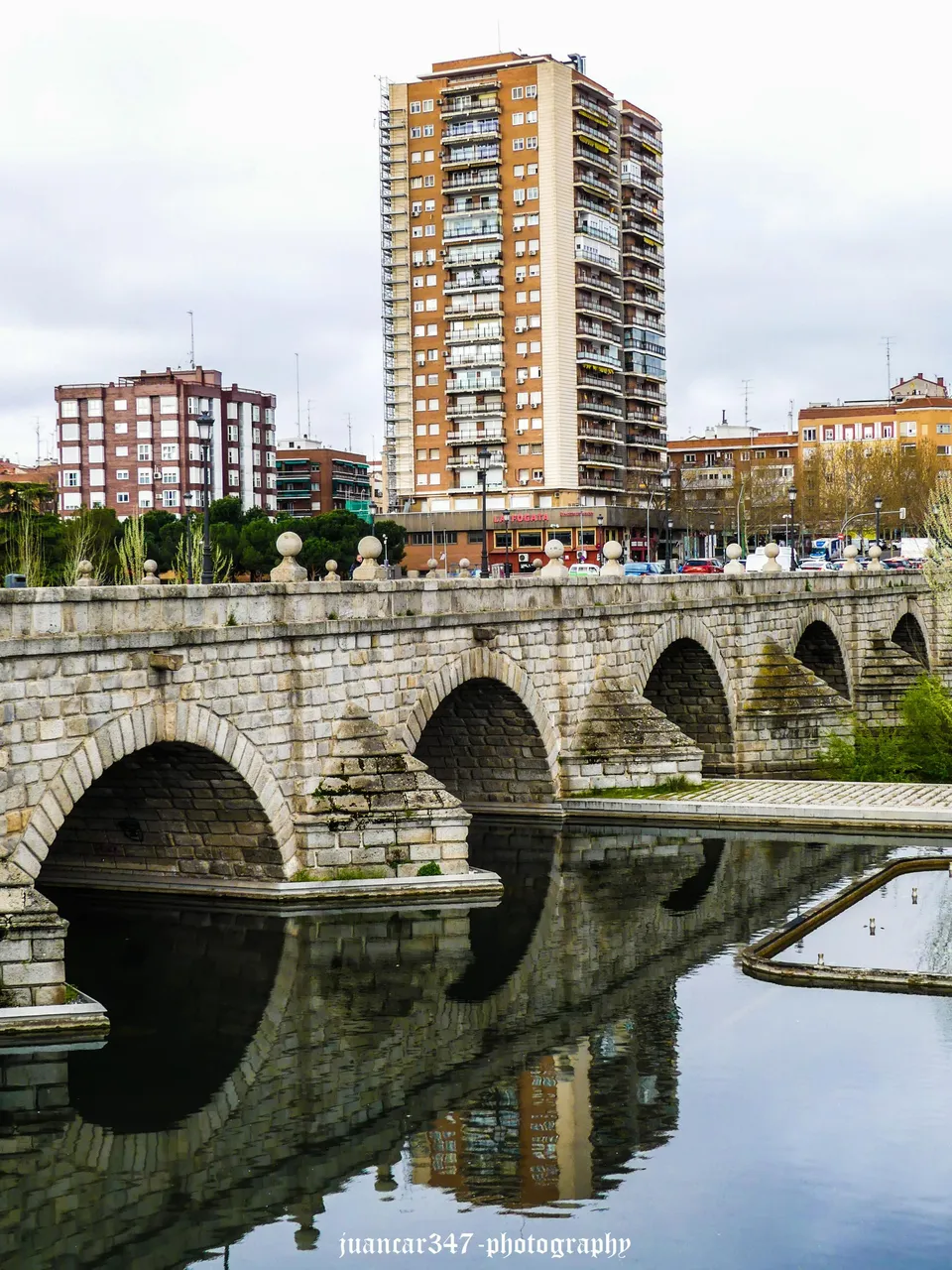
Si bien, sus primeras referencias se remontan al siglo XIV, no fue, sino, cerca de doscientos años después cuando el rey Felipe II, ordenó su construcción a un maestro arquitecto, que, proveniente de esa peculiar región cántabra conocida como la Trasmiera, fue cuna de notables albañiles medievales, cuya maestría fue elevando los principales edificios sacros de buena parte de una España convulsionada por los avatares de la Reconquista. Su arquitecto, por otra parte, no podía ser otro que aquel emprendedor personaje que acometiera, cuando menos, dos obras cumbre del Renacimiento español, como son el monasterio de San Lorenzo de El Escorial y el Palacio de Aranjuez: Juan de Herrera.
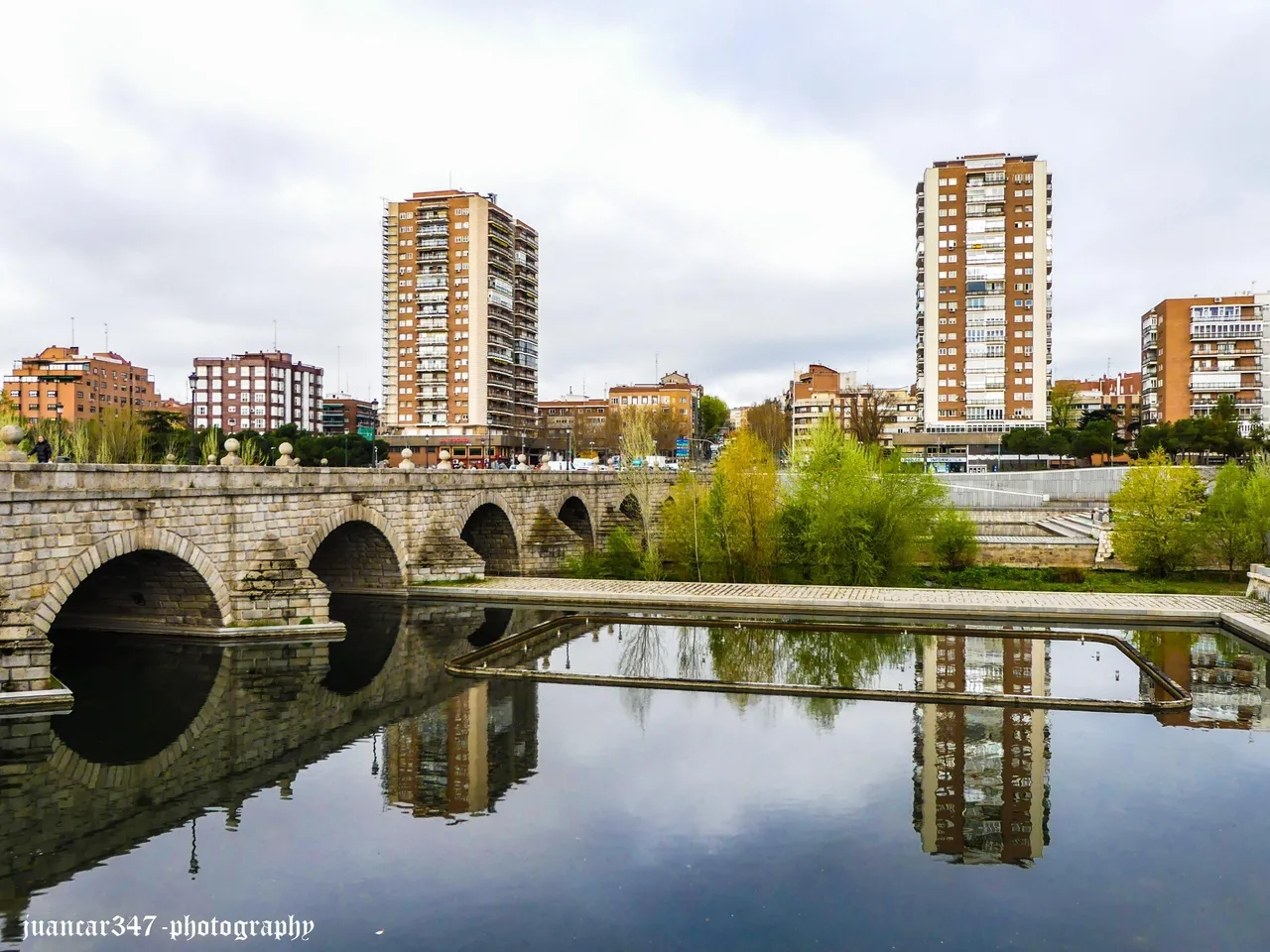
Herrera, cuyos restos mortales se conservan en la cripta de una vieja iglesia de Madrid cercana a la calle de Bailén, la catedral de la Almudena y el Palacio Real, fue, de algún modo, el Sabatini español, cuya obra también engrandeció la arquitectura civil de un Madrid capitalino y cortesano. Elevado en la confluencia de la calle de Segovia y el paso, macilento y nostálgico del río Manzanares, continúa siendo, más de quinientos años después, un elemento crucial en las arterias de comunicación de una ciudad que no deja de crecer y extenderse, así como un punto de referencia, que, aún habiendo perdido las numerosas huertas de antaño, ha recuperado, no obstante, un espectacular paseo, ideado para el disfrute de los madrileños y de todos los viajeros que constantemente acuden a nuestra ciudad.

NOTICE: Both the text and the accompanying photographs are my exclusive intellectual property and are therefore subject to my Copyright.
AVISO: Tanto el texto, como las fotografías que lo acompañan, son de mi exclusiva propiedad intelectual y por lo tanto, están sujetos a mis Derechos de Autor.
